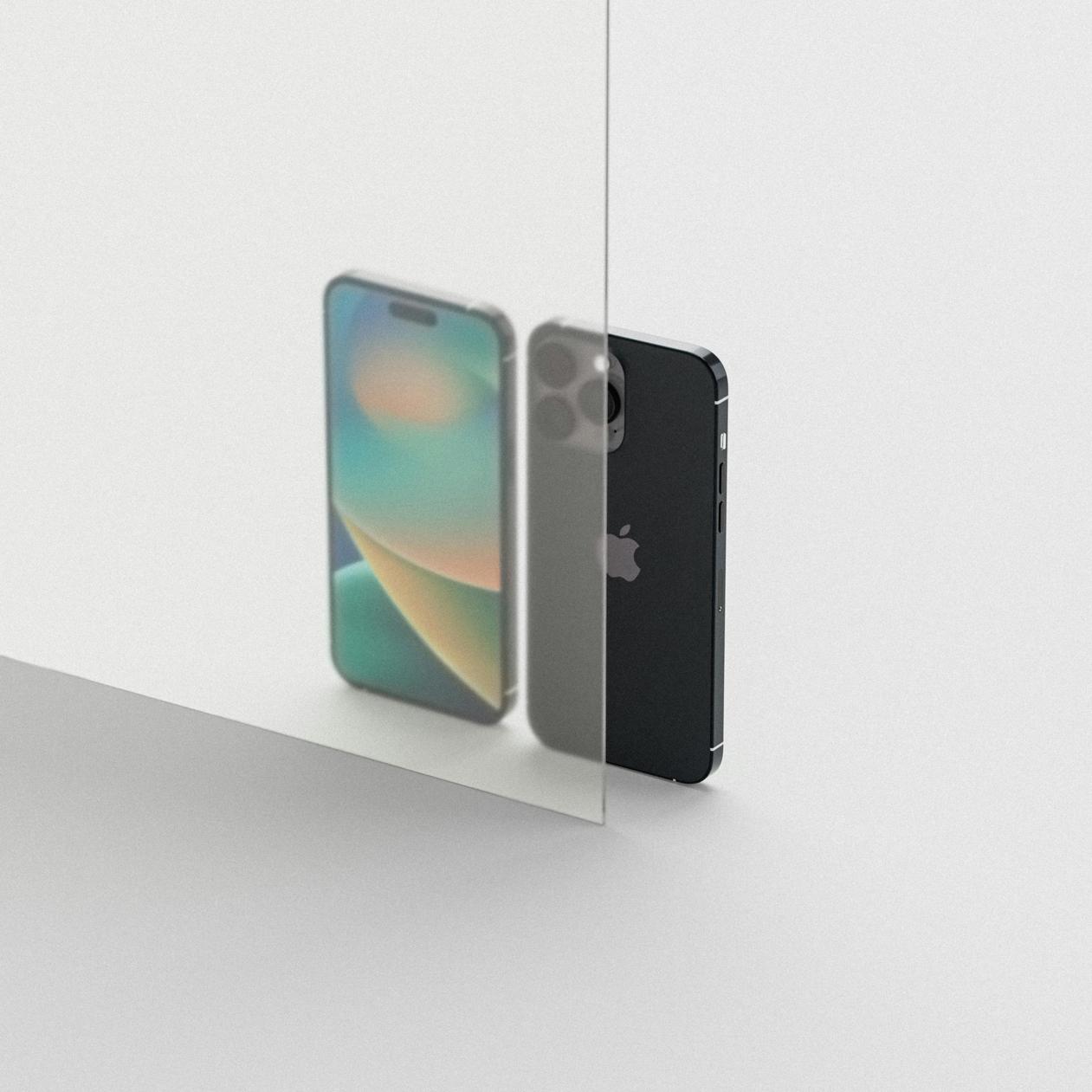Introduction
The Jitterbug phone is a mobile device primarily marketed towards seniors. Its user-friendly design, large buttons, and straightforward interface make it especially appealing to older adults who may find modern smartphones overly complex. However, despite these advantages, the Jitterbug phone does come with its own set of drawbacks. Understanding these cons will help consumers make a well-informed decision. In this article, let’s explore the downsides of the Jitterbug phone.

Limited Advanced Features
While the simplicity of the Jitterbug phone is a significant selling point, it also brings about notable limitations. Many consumers today are used to smartphones equipped with advanced features such as high-quality cameras, app stores, and multitasking capabilities. Unfortunately, the Jitterbug phone falls short in these areas.
-
Camera Quality: The Jitterbug phone’s camera is fairly basic. It does not offer the high-resolution quality seen in most modern smartphones, which can be a considerable drawback for users who enjoy taking and sharing photos.
-
App Availability: Another disadvantage is the limited availability of applications. The phone cannot support a wide range of apps, which can be frustrating for users who want to do more than just making calls and sending texts.
-
Limited Multitasking: The Jitterbug phone is not designed for multitasking. It may pose challenges for users who wish to switch between different tasks quickly and efficiently.
These restrictions indicate that the Jitterbug phone is not the best choice for someone looking for a more flexible, multifunctional device.

High Cost for Simple Features
The cost of the Jitterbug phone is another area of concern. While it is marketed as an affordable device, a closer look at the expenses reveals that it might not offer good value for your money.
-
Initial Cost: The upfront price of the Jitterbug phone can be relatively high compared to other phones that offer similar basic features.
-
Service Plans: The service plans for the Jitterbug phone tend to be pricier than expected, especially considering the limited services the phone offers. This can be particularly challenging for seniors on a fixed income who need to budget their expenses carefully.
-
Additional Fees: Extra costs can accumulate quickly, whether it is for additional minutes, texting plans, or emergency service subscriptions. These hidden fees can make the overall cost much higher than initially anticipated.
When you weigh these factors, it becomes evident that the economic benefits of the Jitterbug phone are not as clear-cut as they appear at first glance.
Subpar Internet Capabilities
In today’s world, where mobile internet capabilities are crucial, the Jitterbug phone significantly lags. Getting online with this device can be a less-than-satisfactory experience.
-
Slow Speeds: The internet speeds on the Jitterbug phone do not meet modern standards. This can be frustrating for users who need to check emails, look up information, or stream content.
-
Limited Browsing: The web browser on the Jitterbug is far from advanced. It does not support multiple tabs and struggles to load images and interactive content, making for a cumbersome browsing experience.
-
Data Plans: The available data plans are often insufficient for any heavy internet use. This limitation can be a major inconvenience for users who rely on their phones to stay connected online.
Due to these factors, users who place a high value on mobile internet usage might find the Jitterbug phone deeply unsatisfying.

Network Limitations
Another critical downside to the Jitterbug phone is its network limitations. Reliable connectivity is crucial, particularly during emergencies or when traveling. Yet, in this area, the Jitterbug phone does not always deliver.
-
Coverage Areas: The Jitterbug phone’s network coverage can be inconsistent. Rural areas, where network reach is already a challenge, may experience poor reception or no coverage at all.
-
Data Network: The data network often relies on outdated technology, making the connection slower and less reliable. This can be a dealbreaker for users who need strong network performance.
-
Roaming Issues: The Jitterbug phone may also grapple with roaming capabilities. If you are traveling internationally, you would want your phone to work seamlessly, an area where the Jitterbug often falls short.
Evaluating these network limitations reveals that the Jitterbug phone might not be the best option for those who prioritize connectivity and network reliability.
Customer Service Challenges
Good customer service is essential, especially for a demographic that might need extra assistance with their devices. Unfortunately, the customer service for the Jitterbug phone leaves much to be desired.
-
Wait Times: One of the most common complaints is the long wait times when trying to reach customer service representatives. This can be particularly frustrating for seniors who need quick resolutions.
-
Quality of Service: The quality of customer service varies widely. While some users report helpful interactions, others face undertrained staff who provide inaccurate information.
-
Resolution Time: Even after reaching a representative, resolving an issue can take an extended period. This inefficiency can cause significant inconvenience for users relying on their phones for daily communication.
Given these challenges, poor customer service can be another significant downside to the Jitterbug phone, affecting overall user satisfaction.
Conclusion
The Jitterbug phone is designed to cater to seniors looking for simplicity and ease of use. However, this simplicity comes at the cost of several drawbacks. From limited advanced features and high costs to subpar internet capabilities and network limitations, the Jitterbug phone has its downsides. Additionally, challenges in customer service can add to user frustration.
While the Jitterbug phone does offer benefits such as large buttons and a straightforward interface, it’s important to weigh these against its drawbacks. Potential users should carefully consider their needs and preferences before making a decision.
Frequently Asked Questions
Is the Jitterbug phone worth it for seniors?
The Jitterbug phone could be worth it for seniors who prioritize ease of use over advanced features. However, they should also consider the downsides like high costs and limited capabilities.
Are there any hidden fees associated with the Jitterbug phone?
Yes, additional fees can add up, such as costs for extra minutes, texting plans, and emergency services. It’s essential to read the fine print to understand the total cost of ownership.
Can the Jitterbug phone be used internationally?
The Jitterbug phone has limitations when it comes to international use. It may not provide reliable service outside the United States, making it less ideal for frequent travelers.
